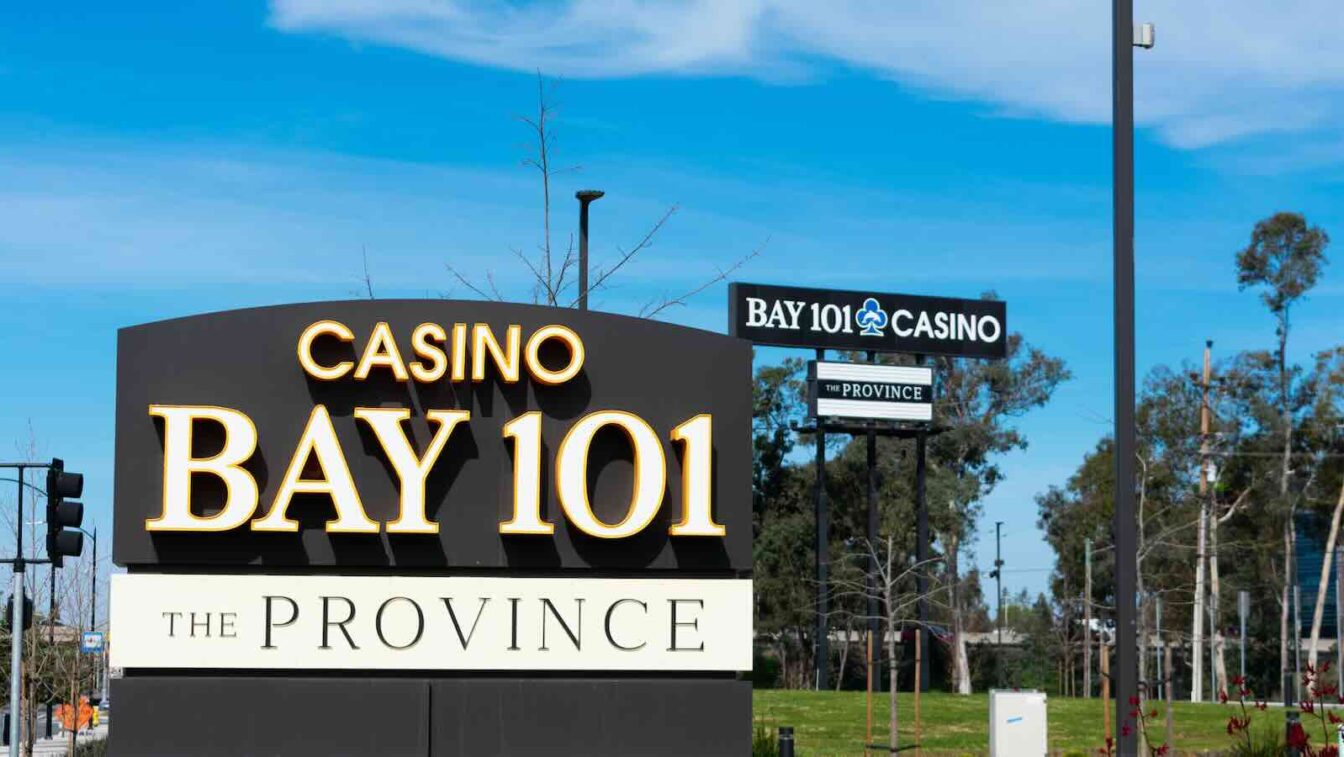Report: Tribal Gaming Revenue Up To $41.9B In 2023, But Margins Narrow
The continuous decrease in profit margins at tribal casinos shows they’re needing to spend more to gain or maintain revenues
3 min

The tribal gaming industry reached a record-breaking $41.9 billion in revenue in 2023, according to the 26th Annual Indian Gaming Cost of Doing Business Report. Released late last month, the report includes data from 132 tribal casinos across 18 states in the U.S.
Despite the new record, profit margins did shrink a bit, falling from 30% in 2022 to 26% in 2023.
Wipfli, a business and consulting firm, conducted the report.
“The data in this year’s report underscores the resilience of the tribal gaming industry,” Grant Eve, Wipfli’s leader for the tribal gaming and government industry, said in a press release. “While profit margins have narrowed, the overall financial health remains strong. It’s crucial for casino operators to use these insights to strategically navigate the economic challenges ahead and continue delivering value to their tribal communities.”
Key insights from the report
Some top-level takeaways from the report include:
- Slot machines generate the most revenue for gaming tribes.
- Marketing, promotions, and wages are among the biggest sources of spending.
- Sports betting, although growing, hasn’t yet become a significant revenue source at tribal casinos, especially compared to traditional casino gaming.
- This is the second consecutive year profit margins have decreased. It was 36% in 2021, 30% in 2022, and now 26% in 2023.
No surprise sports betting isn’t yet making a dent
Although the legal sports betting industry generated a record $119.84 billion in bets in 2023 — up 27.5% from 2022, according to the American Gaming Association — the vast majority of that came from online sportsbooks.
Based on numbers from states that break sports betting revenue down into retail revenue and online revenue, maybe up to just 10% of this action takes place at a brick-and-mortar sportsbook. And that’s being generous.
In some states, that number is closer to 1%. In July in New York, for instance, retail handle came out to just 0.3% of total sports betting handle.
In most jurisdictions, sports betting has not developed the broader in-person appeal that casino gaming has. Most sports bettors are casual fans looking to add excitement to their game-watching experience with some easy-to-place bets on their phone.
That fact is no small reason why California’s tribes, as they neared the 2020 election, abandoned supporting Prop 26, which would have legalized sports betting at their casinos, and instead poured all their resources into beating Prop 27, which would have allowed commercial operators to offer online sports betting in California.
The potential returns from Prop 26 mattered less than the potential of losing online revenue to commercial operators via Prop 27.
Gambling at slot machines and table games, meanwhile, still has a unique in-person appeal. Proof? Per the AGA, slot machines and table games at commercial casinos generated $49.37 billion in 2023 revenue, a 3.3% increase from 2022.
Is online gambling affecting tribal casino profits?
Beyond showing signs of inflation, the continuous decrease in profit margins at tribal casinos shows they’re needing to spend more to gain or maintain revenues.
Combine that with another of Wipfli’s findings — marketing and promotions are among the largest costs for tribal casinos — and a logical brain connects the dots …
Tribal casinos are spending more to promote themselves, and thus decreasing their profit margins, because they have to.
Why?
An obvious answer is there are more recreation options and ways to spend disposable income every year. Profit margins are slimming across the entertainment sector, and tribal casinos aren’t immune.
But those who believe online casinos cannibalize retail casinos will say iGaming is a major cause.
They say more gamblers staying at home on their phones will make fewer drive to casinos. Online casinos make up the fastest-growing gambling market. In Q2 this year, iGaming saw $1.97 billion in revenue — a 25.2% increase compared to Q2 of 2023.
However, iGaming proponents argue the opposite — saying the growth in popularity of online casinos creates new brick-and-mortar customers that may not have existed before, as well as a platform for transactions that otherwise may not have occurred.
For support, they point to figures like the 3.3% slot machines and table games revenue increase in 2023 compared to 2022. During that same time, online casino revenues grew 22.9%, yet retail revenues still increased, too.
New casinos coming in Cali, Wisconsin, Oklahoma
The tribal gaming footprint continues to grow in the U.S. According to the National Indian Gaming Commission, there are north of 500 tribal casinos in America.
And more are popping up every year.
Here’s a handful of new tribal casinos currently being built or going through the planning process:
- California Gov. Gavin Newsom recently signed a 25-year gaming compact with the Timbisha Shoshone Tribe, who will build a new casino in Inyokern, CA.
- The Alabama-Coushatta Tribe of Texas is planning a casino north of Houston, built on reservation land east of Livingston.
- In Beloit, Wisconsin, a $405 million casino from the Ho-Chunk Nation has been cleared to start construction this fall, and it will be done in 2026. The casino will have more than 1,500 slot machines, more than 40 table games, and a sportsbook.
- Hard Rock Casino Tejon, the Tejon Tribe facility 15 minutes south of Bakersfield, CA, continues to be on track for a late 2025 opening.
- In Virginia, the Pamunkey Indian Tribal Gaming Authority’s HeadWaters Resort & Casino has one more step to go through before the Norfolk City Council can approve it.
- The Winnebago Tribe of Nebraska opened its WarHorse Casino in Omaha earlier this month. It features 800 slot machines, 10 table games, and a sportsbook.
- Oklahoma will get a new casino in 2026 when the Muscogee Nation finishes building its Coweta Casino Hotel in Coweta. It will break ground in September.






